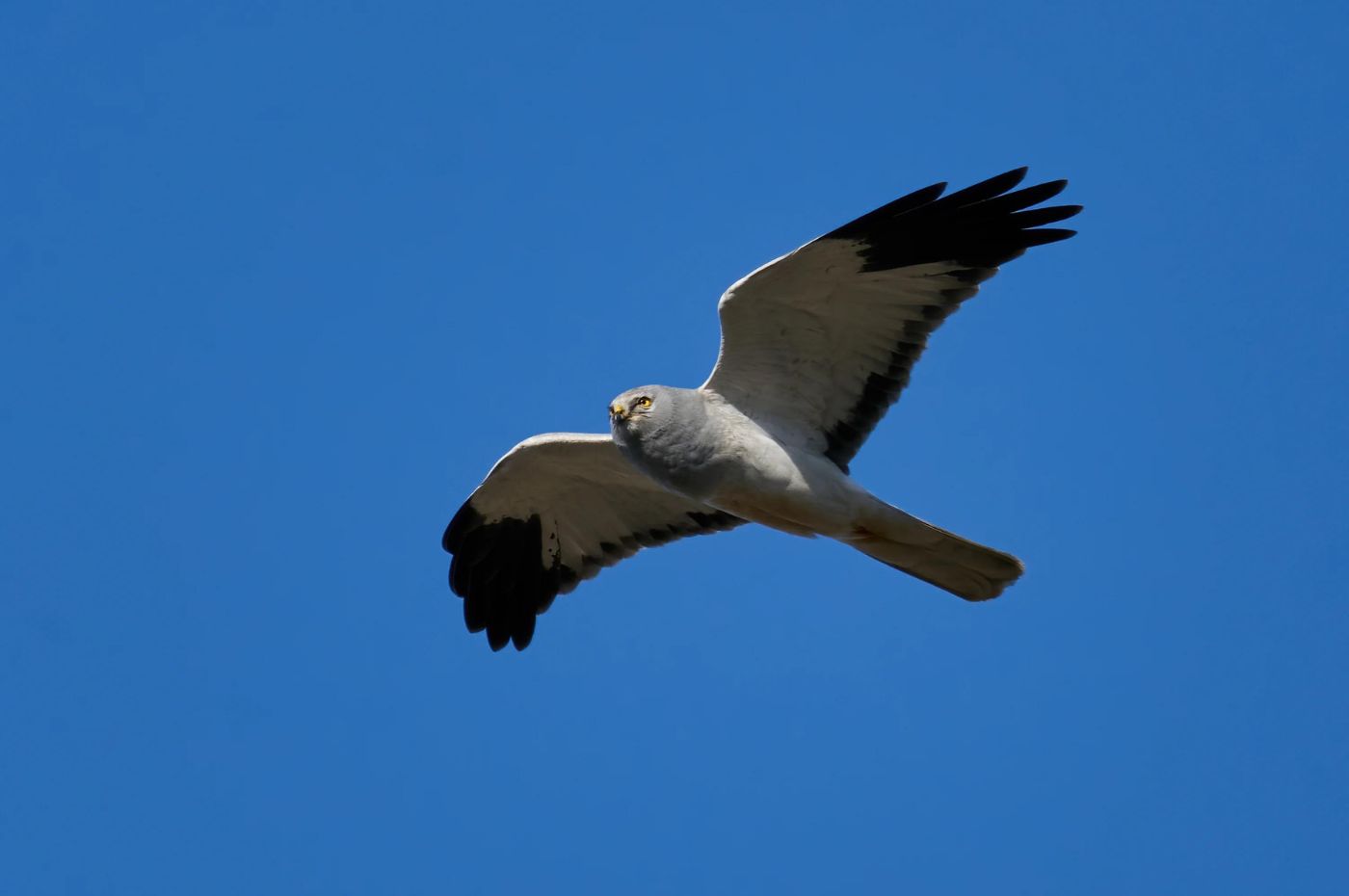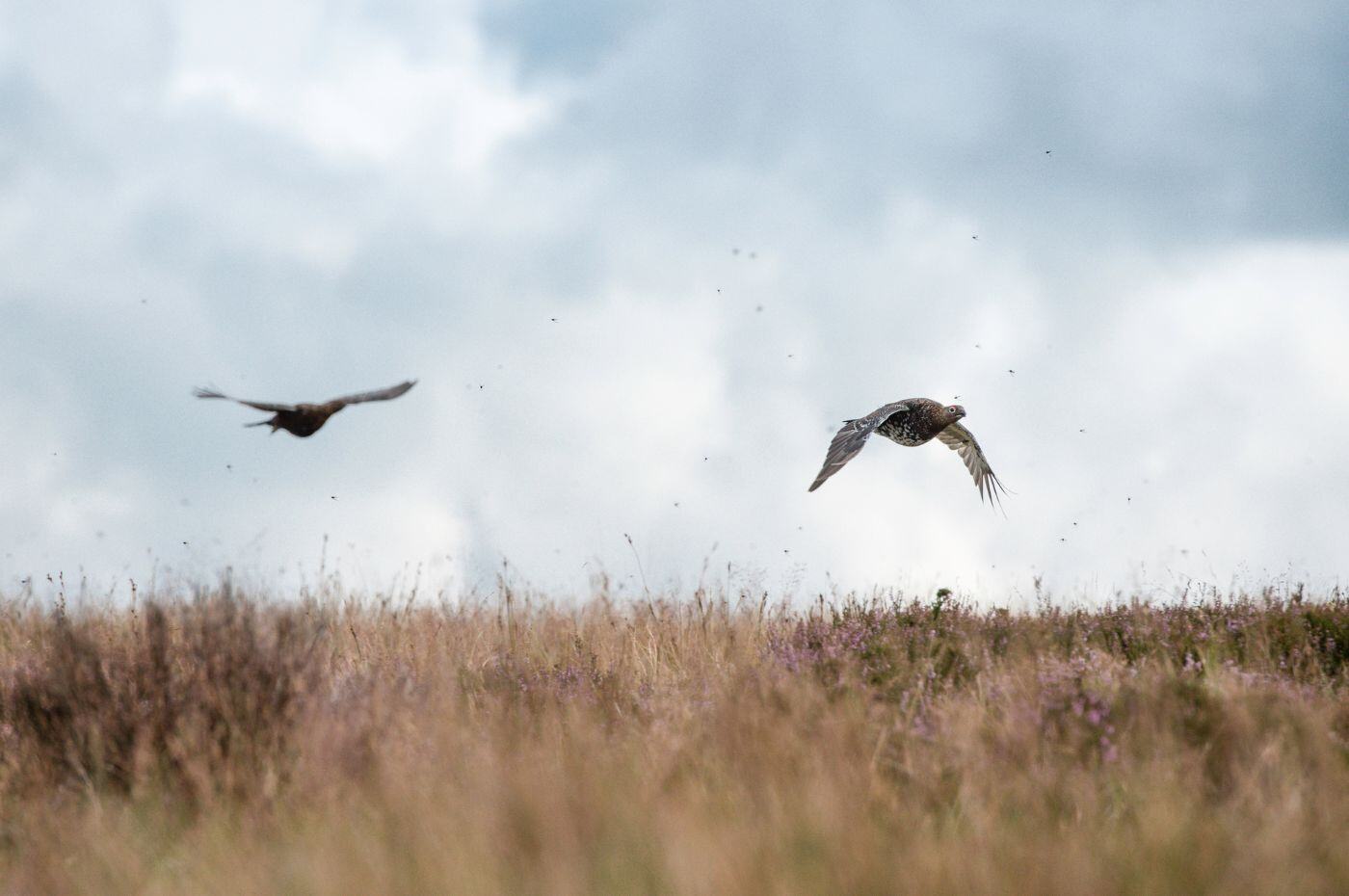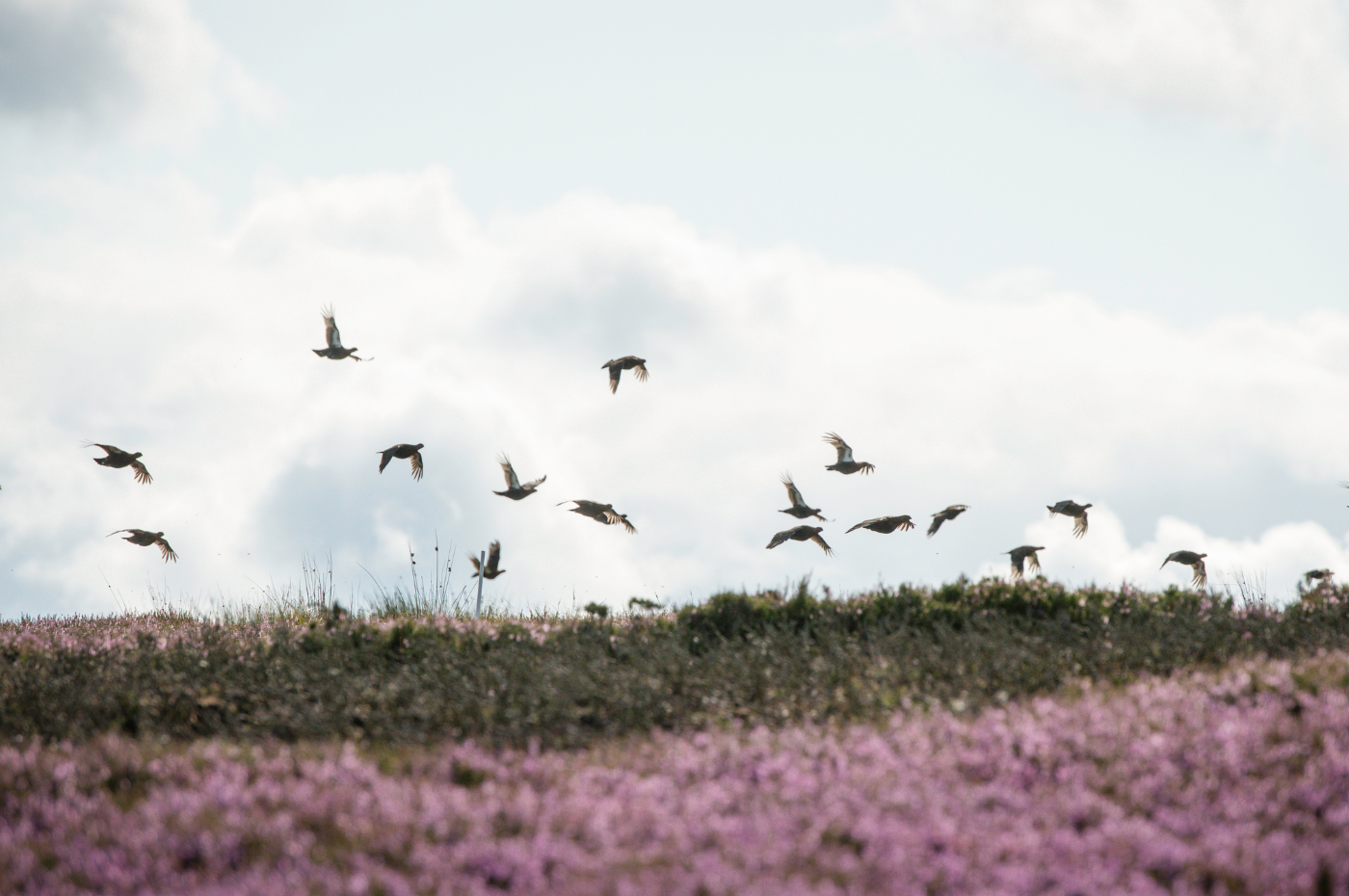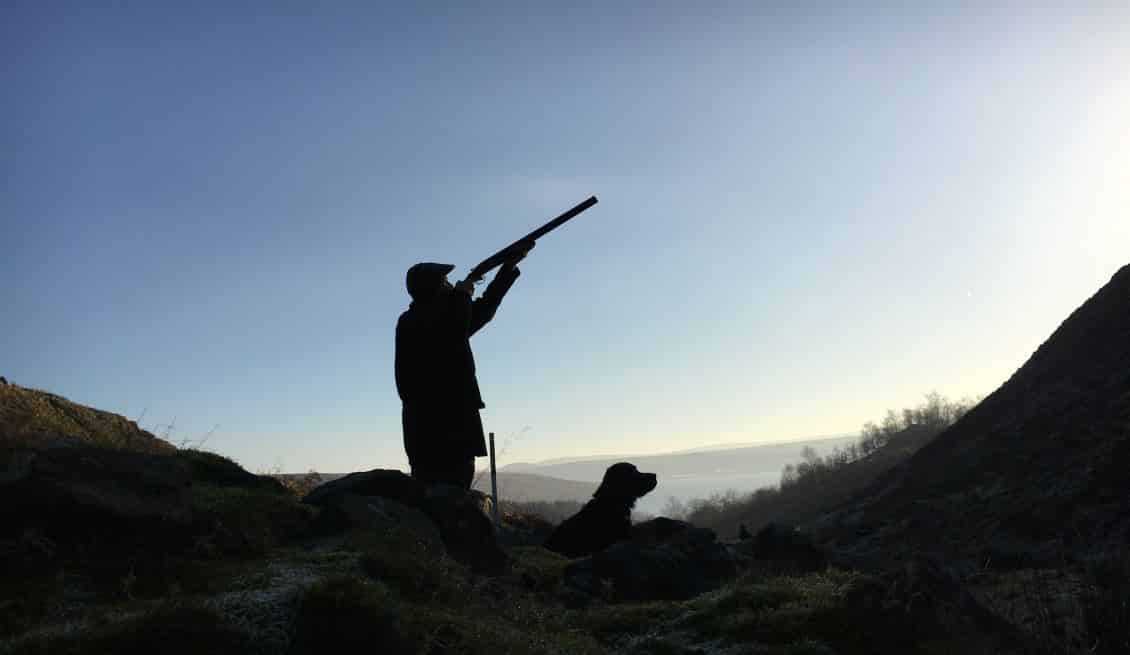Grouse shooting safe
Threats to shooting are coming thick and fast, but we are on the front foot,...
View Details
The hen harrier is one of our rarest birds of prey and just 11 years ago there were no successful nests in England. However, since Natural England issued its first licence for the Hen Harrier Brood Management Trial in 2018, one of the fundamental components of Defra’s Hen Harrier Action Plan, the number of hen harriers nesting in England has dramatically increased; thanks in no small part to the work of moorland managers. It is therefore disappointing that this year’s breeding figures are lower than those for the previous three years, with Natural England recording 34 breeding attempts (compared to 54 in 2023), of which 25 were successful (36 in 2023). Although the 80 chicks fledged this year was also lower than last year, it is important to keep these figures in perspective.
As can be seen from our chart which shows the number of hen harrier breeding success in England since 1994, the highest number of successful nests up to 2018, and the start of the Brood Management Trial, was in 2005 when 15 were recorded. The highest number of chicks fledged was 46 in 2006. This year’s figures are therefore still significantly higher than any of those recorded prior to the start of the Trial.

Nesting on the ground, the hen harrier, like red grouse, curlew and other threatened species of ground nesting bird that share our moorland habitats to breed, are particularly vulnerable to a number of factors including poor weather during the breeding season and the availability of prey. This year’s constant cold and wet weather in April and May certainly had an impact on red grouse when birds were sitting on their nests and eggs were hatching, with many broods being lost. Although grouse will have a second brood if the first is lost, many of these also failed to survive the bad weather that continued into June and early July, and for those chicks that did hatch, there just weren’t the insects needed for their survival. As a result, this year has seen a massive reduction in the populations of red grouse on numerous areas of moorland.
It should therefore come as no surprise that hen harrier numbers are also down this year, and the most likely explanation for their decline can likewise be attributed to the poor weather, and availability of prey. Natural England has suggested that the reduction in the number of chicks fledged for each successful nest, which was down to 3.2 from last year’s 3.9, could have been due to the parent birds finding it harder to feed their chicks. With so many factors at play, one can have no idea what next year will bring, but thanks to the determination and commitment of those managing our heather moorland, the prospects for our hen harriers will hopefully improve once again.
.

Threats to shooting are coming thick and fast, but we are on the front foot,...
View Details
"Moorland management has survived two world wars and commercial forestry, but...
View Details
The Prime Minister’s recent reshuffle of his government will have significant...
View Details